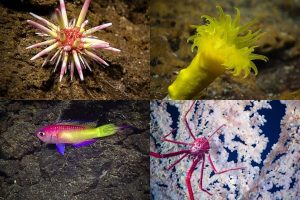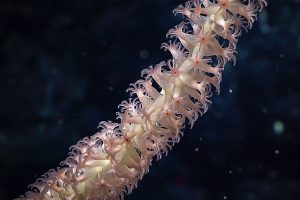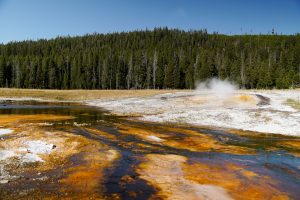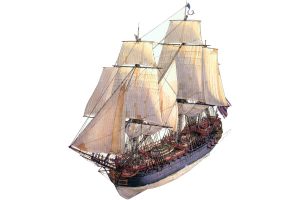See Photos of Underwater Yellowstone!
NEW! Exploring the Restless Floor of Yellowstone Lake
The Global Foundation for Ocean Exploration recently launched a new initiative to explore the ‘Large Lakes of the World’.
Much of the technology that GFOE is developing and utilizing for investigating the deep ocean can be adapted for use in large inland lakes. Yellowstone is just the first of many that we plan to visit. It is unique in that it lies within a caldera (large volcanic crater) and the bottom of the lake is littered with visually-stunning hydrothermal vents. Within and around these incredible natural features, discoveries abound in the fields of chemistry, microbiology, volcanology and geology.
Dave Lovalvo, GFOE’s President and Founder, has 30 years of experience working in Yellowstone Lake. In the 1980’s, he designed, built, and operated the first underwater robot that had ever been used to sample the thermal features at its bottom. Now a new generation of GFOE engineers have designed and built ‘Yogi’–a robot with modern instruments and sophisticated sampling and video capabilities. To serve as Yogi’s operational support platform, a modern research vessel called the ‘Annie’ was custom-designed and built as well.
In the summer of 2016, GFOE began surveying areas of the lakebed that lie within the caldera boundary. For the next two years we will continue to collect data on this environment using lake-bottom seismometers and geochemical sensors. ROV Yogi and R/V Annie have been made available to the scientific community for use in Yellowstone, and researchers and park resource managers now have access to what is among the most unique underwater environments in the world.
Our collaborators on this project include Yellowstone National Park, Woods Hole Oceanographic Institution, U.S. Geological Survey, Montana State University, University of Minnesota, Oregon State University, and NOAA’s Office of Ocean Exploration and Research. This project, as well as others that we hope will follow, will significantly contribute to our understanding of Yellowstone Lake.





